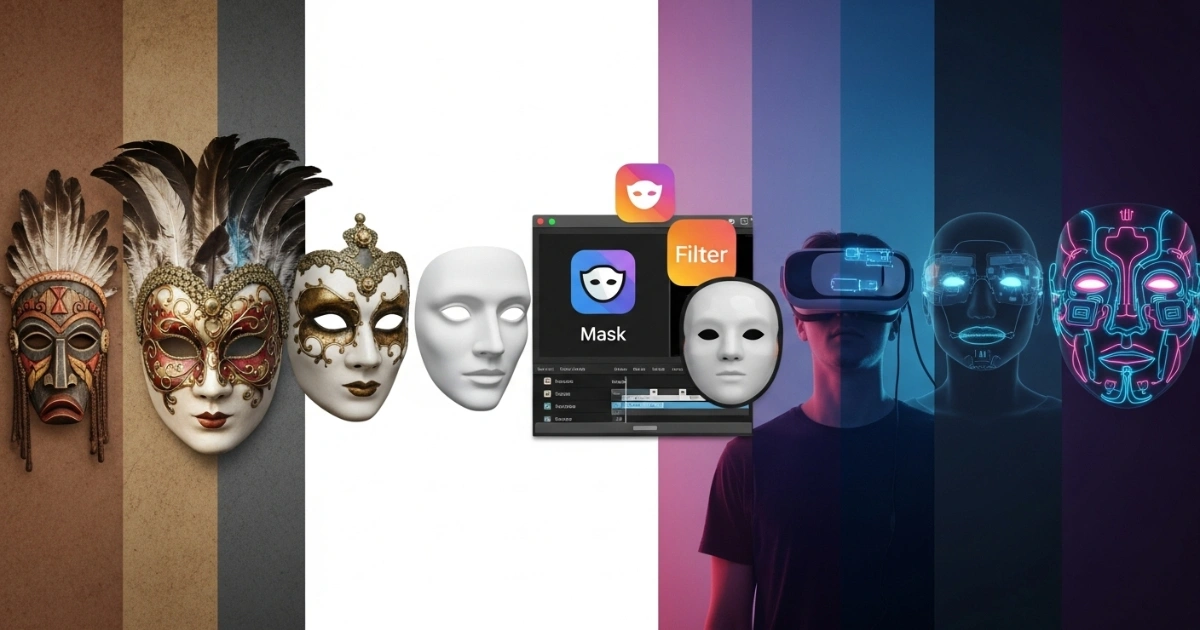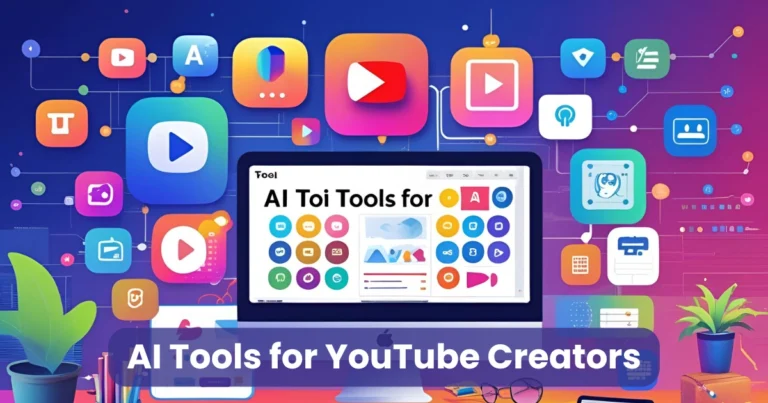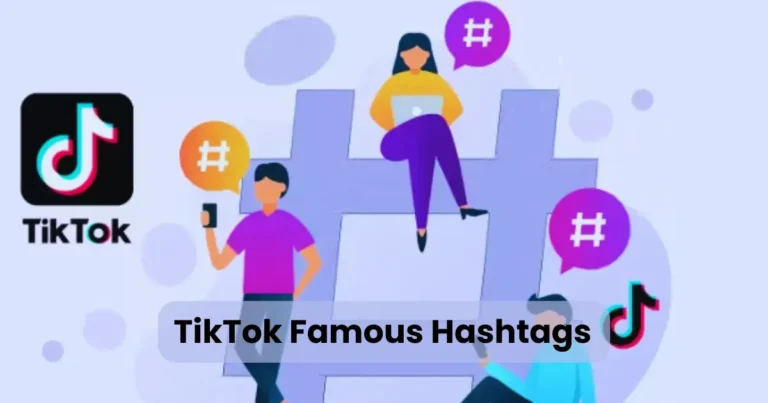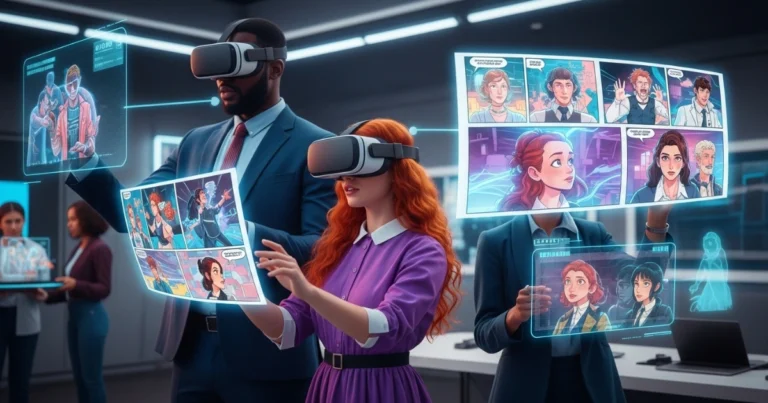Mask Evolution in Content: From Tradition to Digital Innovation

Contents
- 1 The Origins of Masks in Storytelling
- 2 Masks in Traditional Media
- 3 The Digital Revolution: Masks in Modern Content
- 4 Cultural Significance of Masks in Content
- 5 Masks in Marketing and Branding
- 6 The Rise of Masks in User-Generated Content
- 7 Challenges and Ethical Considerations
- 8 The Future of Masks in Content
The mask evolution in content has shaped storytelling for centuries, transforming how humans express identity, culture, and creativity. From ancient tribal rituals to modern social media filters, masks have served as powerful tools for communication and transformation. This article explores the journey of masks in content creation, tracing their historical significance, cultural impact, and adaptation into digital platforms. By examining this evolution, we reveal how masks continue to captivate audiences and drive narratives in innovative ways. Let’s dive into the fascinating history and future of masks in content.
The Origins of Masks in Storytelling
Masks have been integral to human expression since antiquity. In ancient civilizations like Egypt, Greece, and Mesoamerica, masks played a pivotal role in religious ceremonies and theatrical performances. For example, in ancient Greek theater, actors wore masks to portray multiple characters, amplifying emotions and projecting voices to large audiences. These masks, crafted from materials like wood or clay, were not mere props but narrative tools that conveyed divine or archetypal roles.

Moreover, masks carried deep spiritual significance. In African tribal ceremonies, masks embodied ancestors or deities, connecting performers to the spiritual realm. Similarly, in Japanese Noh theater, intricately carved masks expressed specific emotions, allowing actors to transcend their human identities. These early uses of masks laid the groundwork for their role in content, shaping stories that resonated across generations.
As societies progressed, masks evolved in purpose and design. During the Middle Ages, European masquerade balls introduced masks as symbols of anonymity and social freedom. These events inspired literature and art, with writers like Shakespeare using masked characters to explore themes of deception and identity. Thus, the mask evolution in content began to weave itself into written and performed narratives, setting the stage for future innovations.
Masks in Traditional Media
Transitioning to the modern era, masks found new life in traditional media such as literature, theater, and film. In literature, masks often symbolized hidden truths or dual identities. For instance, in The Phantom of the Opera by Gaston Leroux, the mask conceals the protagonist’s disfigurement while enhancing his enigmatic persona. This narrative device added depth to storytelling, making masks a staple in literary content.

In theater, masks remained central to performance. The Italian Commedia dell’arte tradition relied on stock characters like Harlequin, whose masks defined their personalities and roles. These masks were integral to the content, shaping audience perceptions and driving comedic narratives. Similarly, in early cinema, silent films used exaggerated makeup and masks to convey emotions without dialogue, highlighting the mask evolution in content.
By the 20th century, masks became iconic in mainstream cinema. Superhero films, such as those featuring Batman or Spider-Man, used masks to signify dual identities, blending personal and heroic personas. These masks drove plotlines and character development, becoming symbols of transformation. As a result, masks solidified their role as powerful storytelling tools across various media.
The Digital Revolution: Masks in Modern Content
With the rise of the digital age, the mask evolution in content underwent a dramatic transformation. The internet and social media introduced virtual masks, enabling users to craft online personas. For example, avatars in video games or profile pictures on platforms like X serve as digital masks, allowing individuals to project curated identities. This shift has redefined how content creators engage audiences, blending authenticity with creative expression.

Furthermore, digital filters on platforms like Instagram and Snapchat have popularized virtual masks. These filters overlay animated effects, such as animal faces or futuristic designs, onto users’ faces in real-time. Content creators use these tools to produce engaging videos, tutorials, and advertisements, enhancing visual storytelling. The mask evolution in content is evident in how these filters transform mundane content into interactive, shareable experiences.
Additionally, virtual reality (VR) and augmented reality (AR) have pushed masks into immersive storytelling. In VR games like The Elder Scrolls V: Skyrim VR, players adopt digital masks to embody characters, blurring the line between reality and fiction. These technologies allow creators to craft deeply personal narratives, showcasing the innovative potential of masks in digital content.
Cultural Significance of Masks in Content
Masks carry profound cultural significance, influencing how content connects with diverse audiences. In indigenous cultures, masks remain sacred tools for storytelling. For example, Native American tribes use masks in ceremonial dances to honor spirits, embedding cultural values into performances. Modern content, such as documentaries or blogs, often documents these practices, preserving traditions for global audiences.

Similarly, global festivals like Carnival or Day of the Dead feature masks as central elements. Content creators capture these events through photography, videos, and articles, showcasing the mask evolution in content. For instance, YouTube vlogs about Mexico’s Day of the Dead highlight elaborate skull masks, blending cultural heritage with modern media. These examples demonstrate how masks bridge traditional and contemporary storytelling.
Moreover, masks in content often reflect societal issues. During the COVID-19 pandemic, face masks became symbols of safety and community. Content creators produced tutorials, opinion pieces, and memes about masks, integrating them into everyday narratives. This adaptability underscores the enduring relevance of masks in addressing current events while maintaining their storytelling power.
Masks in Marketing and Branding
In marketing, the mask evolution in content has reshaped how brands engage audiences. Mascots, for instance, act as brand masks, embodying a company’s values and personality. Consider Tony the Tiger for Kellogg’s or the M&M’s characters—these mascots appear in advertisements, social media, and events, creating consistent narratives across platforms.

Additionally, influencer marketing has embraced digital masks. Influencers often adopt personas, using filters or curated aesthetics to craft unique identities. This approach helps them stand out in competitive digital spaces, attracting followers and brands. For example, beauty influencers use makeup as a form of masking, transforming their appearance to create compelling content that resonates with audiences.
Furthermore, brands leverage masks in campaigns to evoke emotions. Nike’s “Just Do It” campaigns often feature athletes in metaphorical masks—helmets, sweatbands, or intense expressions—that symbolize determination and resilience. These visual masks enhance storytelling, making campaigns memorable and emotionally impactful.
The Rise of Masks in User-Generated Content
User-generated content (UGC) has amplified the mask evolution in content. Platforms like TikTok and YouTube empower individuals to create content using digital masks. For instance, TikTok’s face filters allow users to transform into characters, from superheroes to mythical creatures, driving viral trends. These filters democratize content creation, enabling anyone to participate in the mask evolution.

Moreover, UGC platforms highlight the accessibility of content creation. Cosplayers on Instagram, for example, craft elaborate masks to embody characters, sharing tutorials and behind-the-scenes content. This trend showcases how masks empower creators to explore identity and creativity, fostering vibrant online communities.
Additionally, anonymity in UGC often relies on masks. On platforms like Reddit or X, users adopt pseudonyms or avatars as digital masks, allowing them to share opinions without revealing their identities. This anonymity encourages open discussions, shaping online content trends and community dynamics.
Challenges and Ethical Considerations
While the mask evolution in content offers creative opportunities, it also presents challenges. Digital masks can blur the line between authenticity and deception. For instance, deepfake technology uses AI to create hyper-realistic masks, raising concerns about misinformation and trust. Content creators must navigate these ethical dilemmas to maintain credibility with audiences.
Similarly, cultural appropriation is a significant concern. Misrepresenting sacred masks from indigenous cultures can offend communities and perpetuate stereotypes. Content creators must approach cultural masks with respect, ensuring accurate representation and acknowledgment of their origins to avoid harm.
Furthermore, the overuse of digital filters can contribute to unrealistic beauty standards. Social media users, particularly younger audiences, may feel pressure to conform to idealized masked personas. Content creators and platforms must promote transparency and authenticity to mitigate these effects, balancing creativity with responsibility.
The Future of Masks in Content
Looking ahead, the mask evolution in content will continue to evolve with emerging technologies. Artificial intelligence (AI) will enable creators to craft hyper-personalized masks, tailoring content to specific audiences. For example, AI-generated avatars could allow brands to create targeted campaigns that resonate with individual users.

Additionally, the metaverse will offer virtual worlds where users can wear dynamic masks, enhancing immersive storytelling. Platforms like Meta’s Horizon Worlds are already exploring these possibilities, allowing users to adopt avatars that reflect their personalities or aspirations. This trend will redefine how content is created and consumed.
Moreover, sustainability will influence mask creation in content. As environmental concerns grow, creators may highlight eco-friendly masks made from biodegradable materials. Blogs, videos, and documentaries about sustainable mask-making could gain traction, aligning with global trends toward eco-conscious content.
Conclusion
The mask evolution in content reflects humanity’s enduring fascination with identity, transformation, and storytelling. From ancient rituals to digital filters, masks have adapted to cultural, technological, and societal shifts, remaining powerful tools for creators. As we move into the future, masks will continue to shape narratives, blending tradition with innovation. By understanding this evolution, content creators can harness masks to craft compelling, authentic, and impactful stories that resonate with audiences worldwide.






